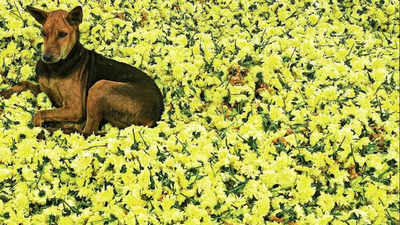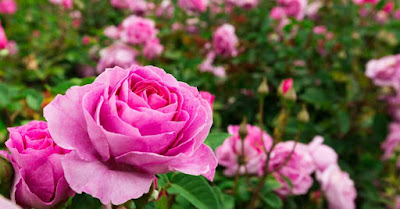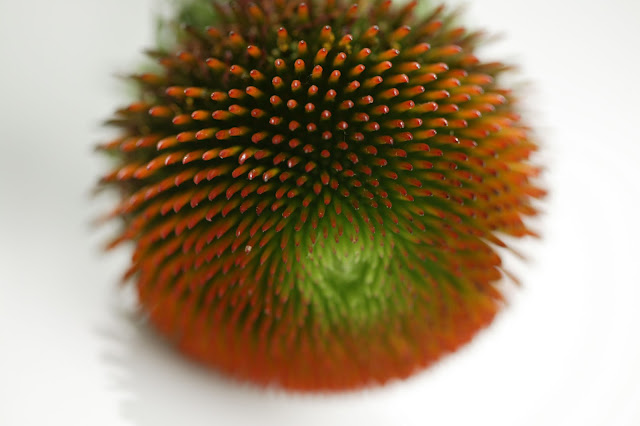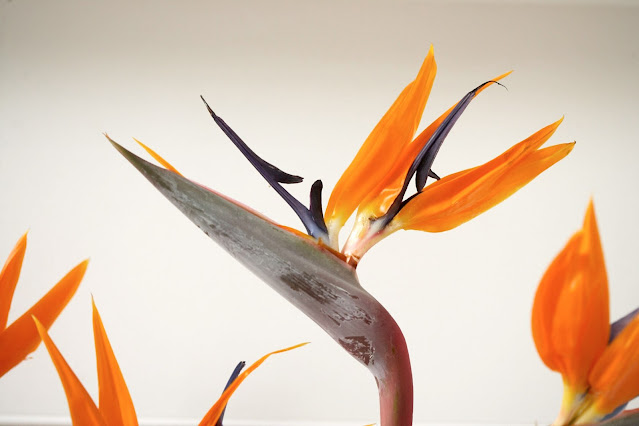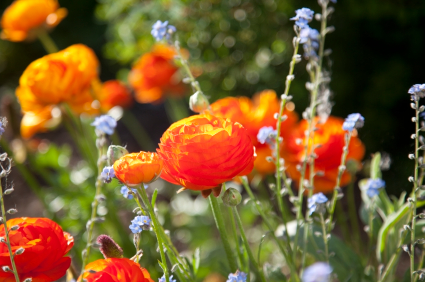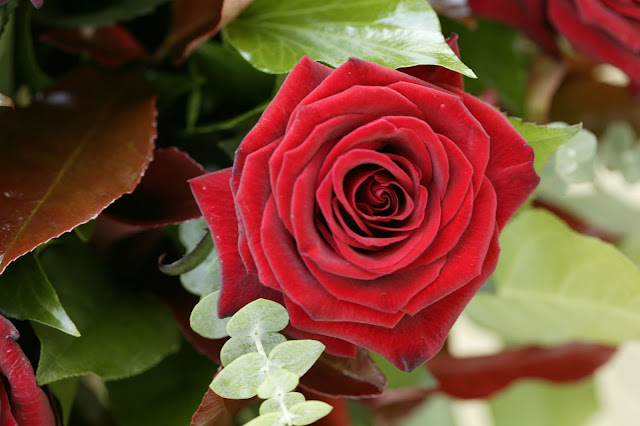The Indian Institute of Science (IISc) will hold its month-long annual flower show

The Indian Institute of Science (IISc) will hold its month-long annual flower show from March 3. The flower show has been part of the institution’s history for 35 years, and it is conducted to mark the birth anniversary of the founder, J N Tata. The plants on display are grown in-house and they are displayed from the door of the main building till the founder’s statue on the campus. This time, around 15 varieties of plants will be showcased, ranging from phlox, zinnia, coral zinnia, celosia, and hollyhocks to different types of marigold, candytuft, nasturtium, among others. B Sridhar, horticulturist and curator of the show, says the plants are chosen for their height and colour to befit the design of the floral tribute. “We add microbial culture to make the process organic. This makes the plants look brighter and express their real colour,” he explains. Sridhar and his team of 10 have been growing these plants since last October, staggering them as per their flowering cycle, which



